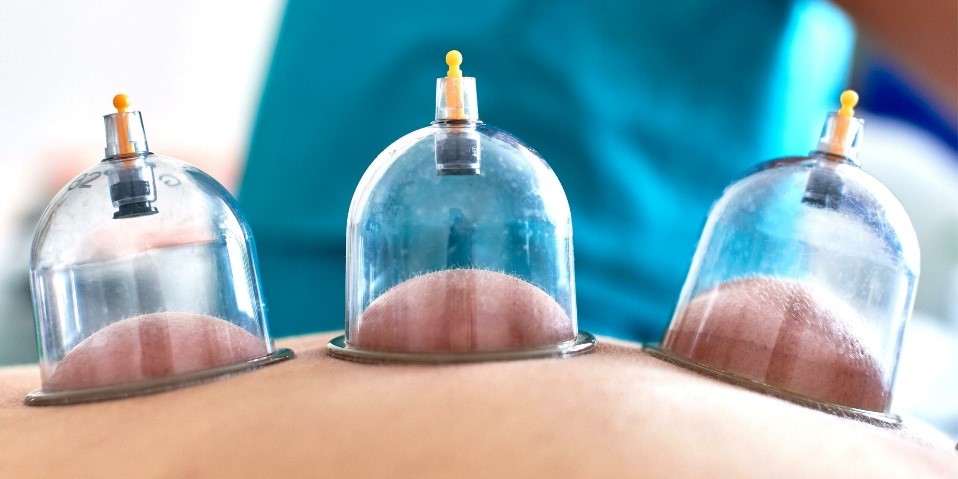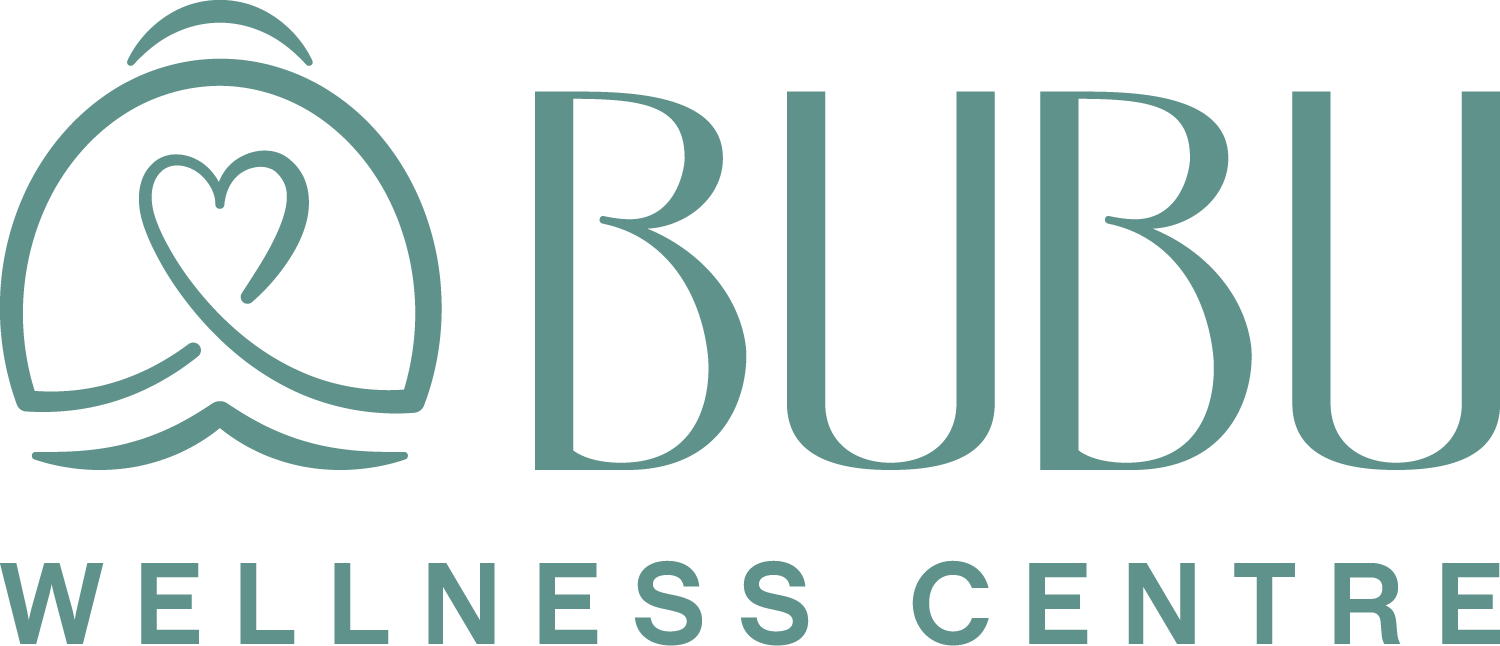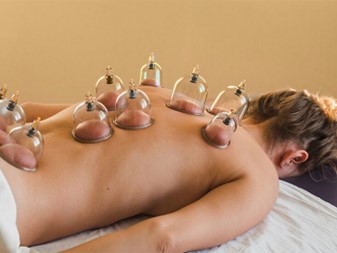Cupping therapy is an alternative medicine practice that has been used for centuries in various cultures around the world. Here are some key facts about cupping therapy:
Origin and History:
Cupping therapy has ancient roots and has been practiced in Egyptian, Chinese, and Middle Eastern cultures for thousands of years.
Traditional Chinese medicine incorporates cupping as a technique to balance the body’s flow of energy, or Qi.
Technique:
During cupping therapy, cups are placed on the skin, and a vacuum is created by either heating the air inside the cup or using a mechanical suction device. This suction causes the skin to be drawn into the cup.
Types of Cupping:
There are different types of cupping, including dry cupping (suction only) and wet cupping (which involves a controlled medicinal bleeding after the cup is removed).
Materials Used:
Cups can be made of various materials, including glass, bamboo, silicone, or plastic. Traditional cupping often uses glass cups.

Purpose:
Cupping is believed to help stimulate the flow of blood, balance the body’s energy, and promote healing.
Practitioners often use cupping to address conditions such as pain, inflammation, blood circulation issues, respiratory conditions, and musculoskeletal problems.
Marking and Bruising:
One distinctive feature of cupping is the circular marks or bruises left on the skin after treatment. These marks are caused by the suction and are not painful. They typically fade within a few days.
Potential Benefits:
Advocates claim that cupping can help reduce pain, inflammation, and muscle tension.
Some also believe it can improve circulation and promote relaxation.
Scientific Evidence:
While there is some anecdotal evidence supporting the benefits of cupping, scientific studies on its effectiveness are limited and often inconclusive. More research is needed to establish its efficacy for various conditions.
Safety Considerations:
Cupping is generally considered safe when performed by trained professionals. However, it may cause temporary bruising, soreness, or skin discoloration.
Caution:
Individuals with certain medical conditions, such as skin conditions, bleeding disorders, or those taking blood-thinning medications, should consult with a healthcare professional before undergoing cupping therapy.
Conclusion:
It’s important to note that while cupping has been practiced for centuries and is still used by some individuals today, its effectiveness and safety should be considered in consultation with a qualified healthcare provider. Always seek professional advice before trying alternative or complementary therapies.



